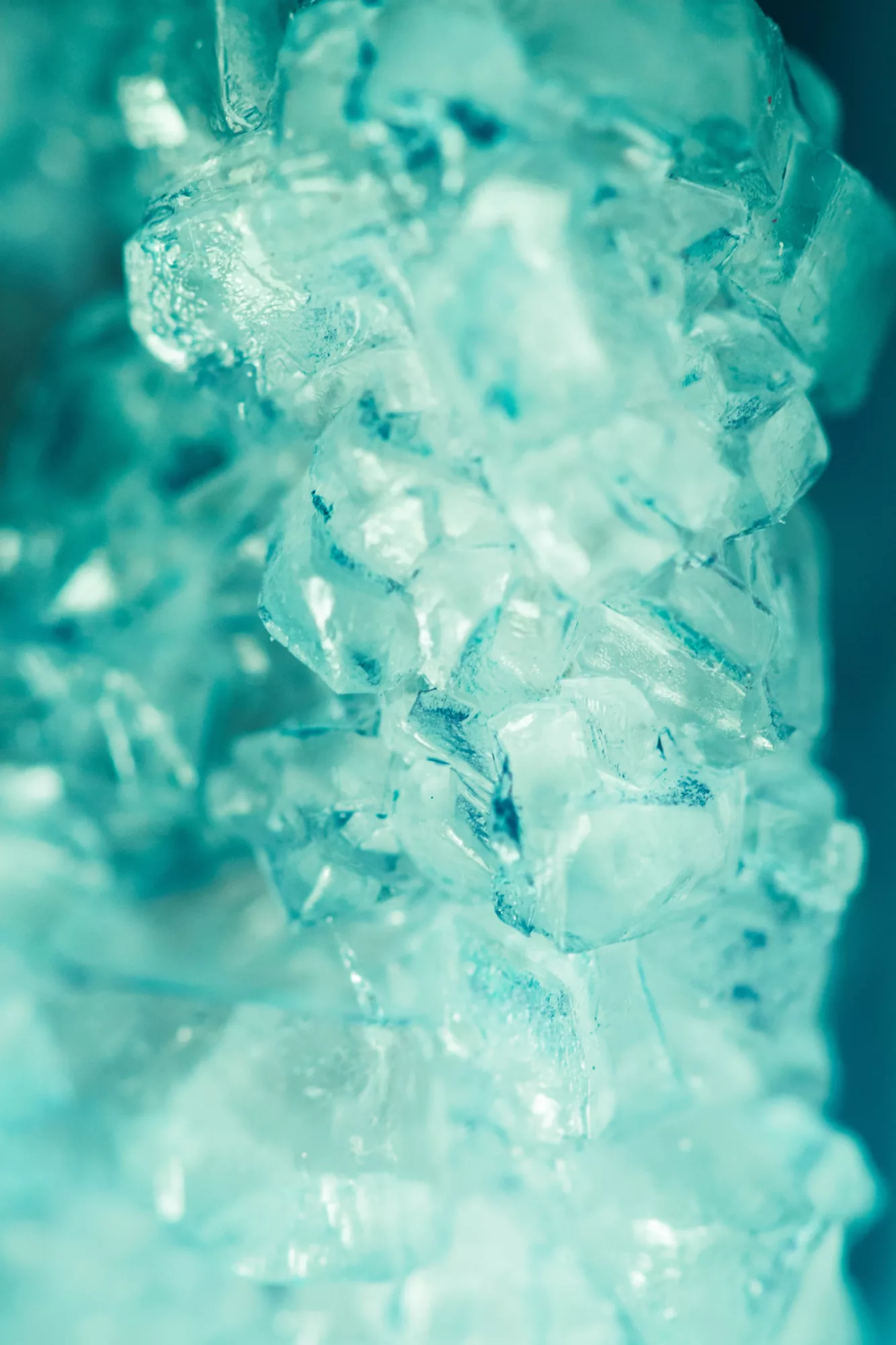
Minerals
Minerals are naturally occurring substances formed through geological processes with a definite chemical composition and crystal structure. They are important natural resources used in various industrial applications, such as construction, electronics, and transportation.


Sort
-
- Alphabetical (A-Z)
- Alphabetical (Z-A)
Search: ""
No results
Attapulgite is a naturally mined clay. It is one of the main types of Fuller's Earth Clay. These clays can decolorize oil or other liquids without harsh chemical treatments. Attapulgite has very good colloidal properties. These include specific features in dispersion, high-temperature endurance, and salt and alkali resistance. Attapulgite also has certain plastic and adhesive characteristics.
The basalts are hard, dense fine-grained rocks of very dark color- green or black, composed mainly of plagioclase and pyroxene. Basalt can be made into fine, superfine, and ultra-fine fibers. Basalt fibers are considered superior to other fibers in terms of thermal stability, heat and sound insulation properties, vibration resistance, and durability. They offer the prospect of a completely new range of composite materials and products.
Bauxite is a rock with high aluminum content. Bauxite is a generic name for deposits composed of one or more hydrated aluminum oxide mineral species. Bauxite contains many impurities, such as silica, iron and titanium oxides, and other elements, mostly in minor or trace amounts. There are four basic grades of bauxite- Chemical grade- (55-58% min. pure), Abrasive grade- (55% min. pure), Refractory grade- (59-61% min. pure), and Metallurgical grade- (50-55% min. pure). Bauxites are typically classified according to their intended commercial application: metallurgical, abrasive, cement, chemical and refractory.
Purities available from 98% (industrial grade) to 99.999% (high purity grade)
Bentonite is an absorbent swelling clay consisting mostly of montmorillonite (a type of smectite) which can either be Sodium (Na)-montmorillonite or Calcium (Ca)-montmorillonite. Na-montmorillonite has a considerably greater swelling capacity than Ca-montmorillonite. As a swelling clay, bentonite can absorb large quantities of water, which increases its volume by up to a factor of eight.
Calcite is the most common form of calcium carbonate (CaCO₃). It is a common mineral and a major constituent of limestone and marble. Calcite is an inexpensive crushed and screened white marble media that can be used to neutralize acidic or low pH waters to a neutral, less corrosive effluent. Highly variable in form and color, calcite is best recognized by its relatively low hardness (H = 3) and its high reactivity with even weak acids, such as vinegar. When acidic water reaches neutral pH, no more calcite is dissolved.
Diatomaceous earth, also known as Diatomaceous silica (SiO₂*nH₂O), is the fossilized remains of tiny, aquatic organisms called diatoms that have accumulated, creating silica deposits. DE has high absorption, low bulk density, and high brightness. There are two primary types of diatomaceous earth deposits - saltwater and freshwater. Saltwater DE is commercially processed in the United States and primarily used as a filter aid. Freshwater DE is ideal for agricultural uses because it typically has a low crystalline silica content (amorphous), is highly absorptive, and is an ancient pest control agent. As awareness of and concern about chemical pesticides grow, diatomaceous earth has increased interest as a non-toxic and natural alternative. It is also seen as a natural anti-parasitic by farmers and ranchers.
Magnesium oxide is a mineral that occurs naturally as periclase and is a source of magnesium. MgO has the acid buffering capacity and related effectiveness in stabilizing dissolved heavy metal species. Pharmaceutical Grade: Must conform to the USP, JP, and BP specifications Food Additive Grade: Must conform to the FCC specification Additional particle sizes available
Nanoclays, also known as Montmorillonite, Bentonite, and Smectite, are non-metallic clays primarily composed of hydrated sodium calcium aluminum silicate. This clay mineral has a 2:1 expanding crystal lattice that allows water to move between the sheets, giving it very plastic properties, as they can swell or shrink as water accumulates or leaves between the layers. Their volume can increase up to six times by water absorption and form stable gels. Reade offers hydrophilic bentonite Nanoclay. H2Al2O6Si